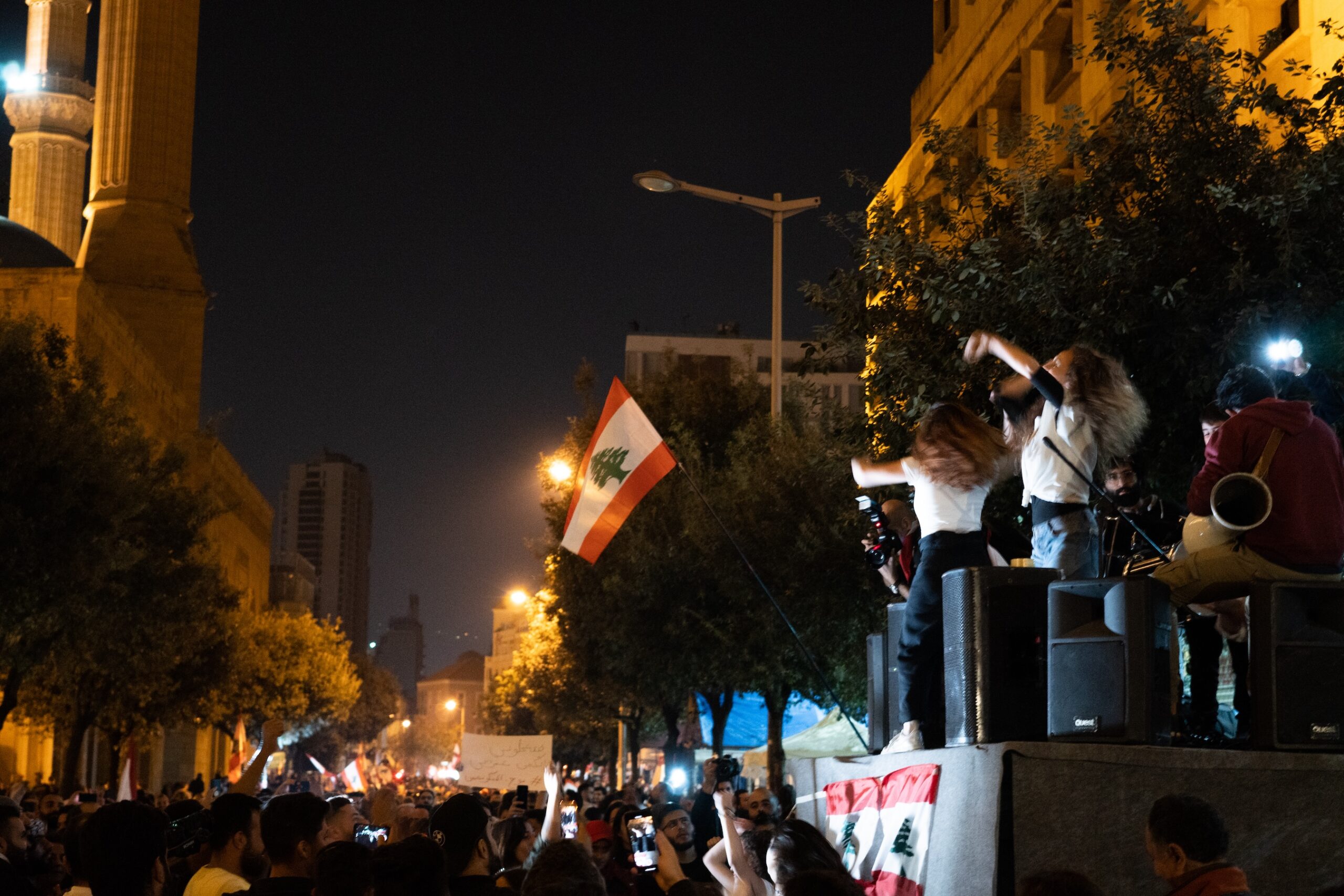The Project
Our project will document existing patterns of young people’s participation in urban governance in four cities across Indonesia and Lebanon, to document the forms it takes, its focus, and barriers and supportive factors. Based on this, the project will then work with diverse young urban activists and local governments in the four cities to design and trial contextually relevant digital platforms for young people to bring their voice and ideas on the urban issues that are a priority for them. The project is part of TYPCities, a three-year research programme led by Fondation Botnar on “Technology and Youth Participation in the Governance of Intermediate Cities in Low and Middle Income Countries”.
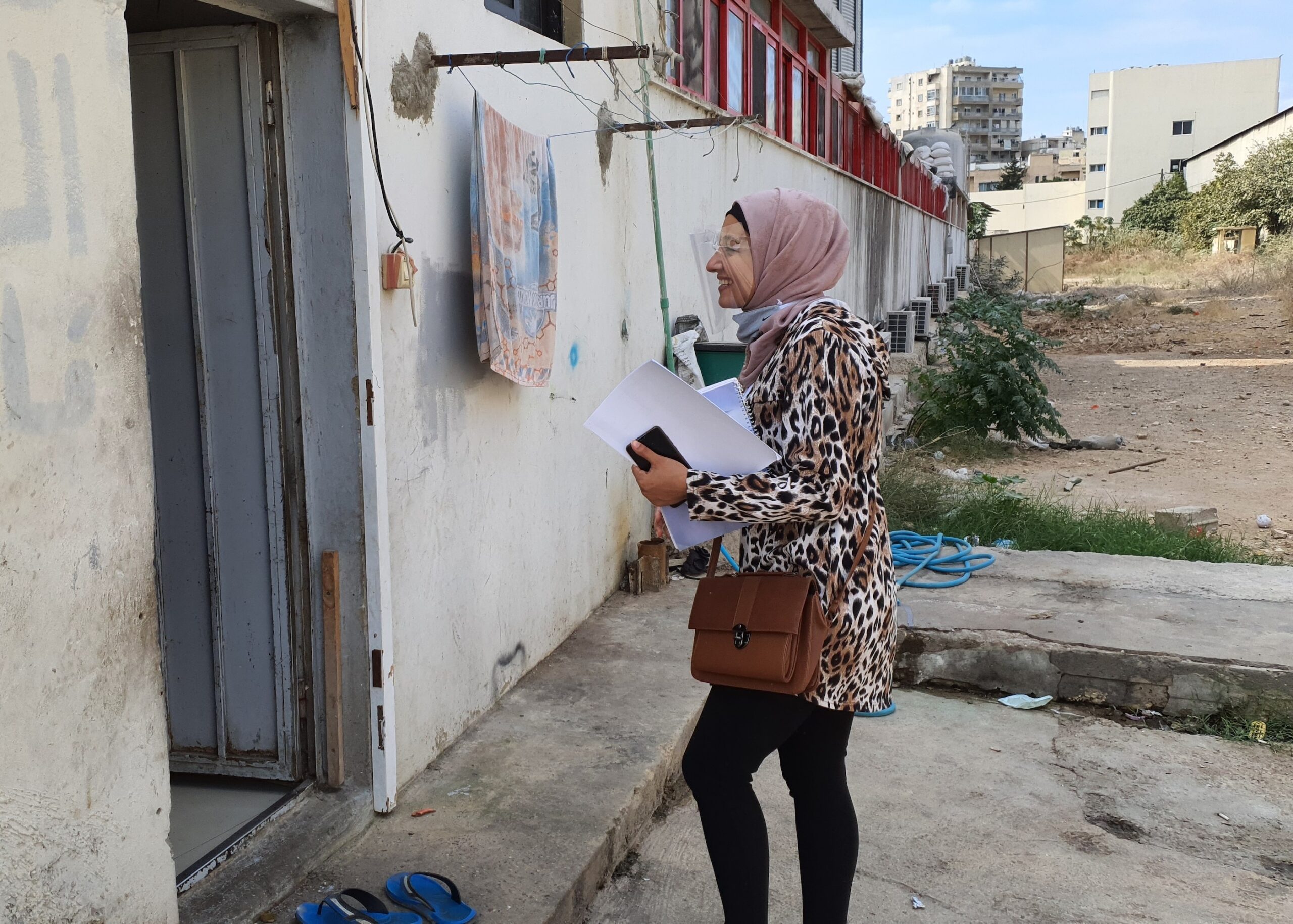
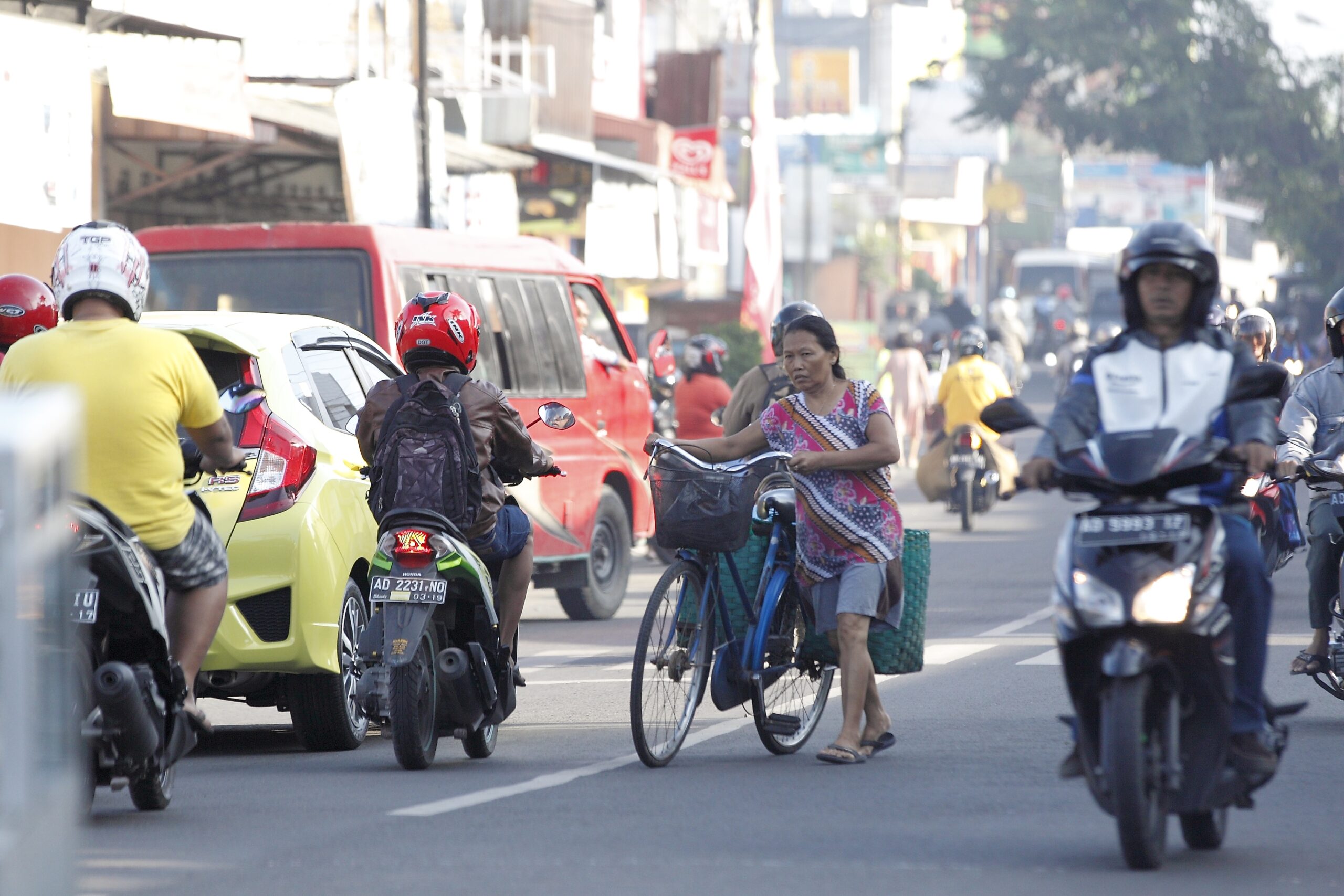
Urban governance
Urban governance refers to processes through which citizens, and public and private actors, collaborate over decisions concerning the implementation and management of urban policies and actions. As such it focuses on collaboration between different urban actors, but many approaches focus primarily on the state as an entry point. There is an increasing consensus that urban governance should be collaborative. Diversity and inclusion are core values in this effort (GWGIIAS, 1996) and the United Nations has used the term ‘urban governance’ to refer to an inclusionary process drawing in members of civil society as crucial partners in urban affairs (Tibaijuka, 2009: 47).
Youth participation in urban governance
Young people’s role in urban governance is critical, both to ensure that their perspectives and priorities as urban citizens are factored into the planning and management of their cities, and to foster their civic engagement as future city leaders. However in many contexts young people are disengaged from formal urban institutions, and where they are engaged in urban activism, they often work outside of local government initiatives. Such independent youth initiatives have an important role in urban governance, but there is also a need for young people’s meaningful collaboration with urban governance institutions. To this end, the YUP project will work with young people in our four project cities to explore and trial approaches for co-production between young people and local government.
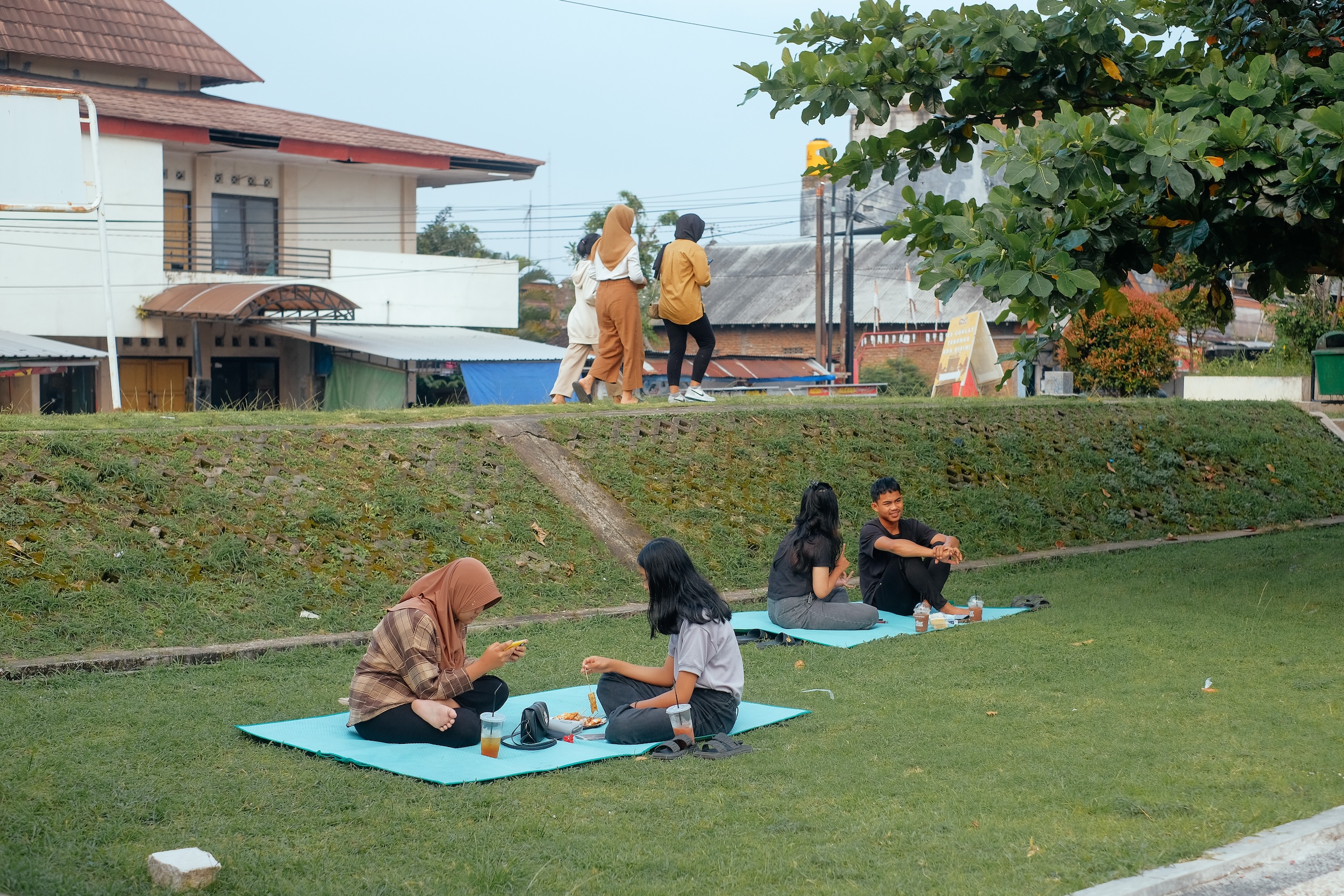
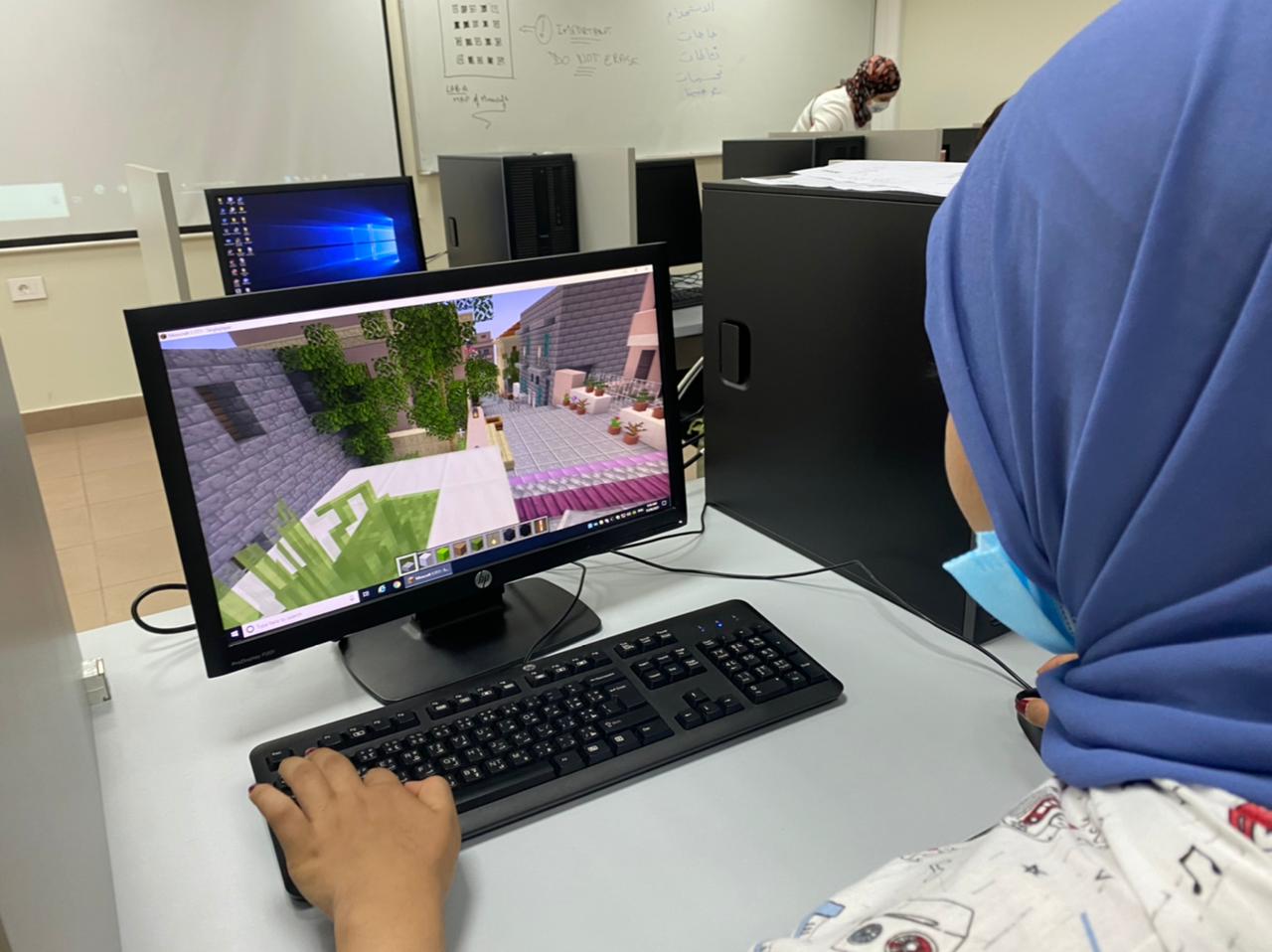
Digital platforms
Digital platforms are software applications for phones, computers and tablets such as online communities, social media, or databases, which can be used for communication and information management. They can be an important resource for inclusive urban governance and can enable policy makers and citizens to engage with each other in novel ways for example, through making information widely accessible for accountability actions, or to allow for collaborative planning.
Digital platforms may be particularly important for involving young people who are more likely to be ‘digital natives’ (i.e. more frequent users and with a better understanding of technology). However it is important not to approach digital tech as a silver bullet for young people’s participation. Some groups of young people may not be connected and could be left out, and digital platforms can also have negative sides, such as surveillance, and being used to spread misinformation, or as a space in which bullying and harassment happens. Given this, efforts to include young people in urban governance through digital platforms should be led by young people, to help create safe digital spaces that are meaningful and engaging for them.
Youth digital participation in Indonesia and Lebanon
Kota Kita and Catalytic Action have observed that young people in Indonesia and Lebanon already use digital technologies for their own urban activism. However, where city governments have invited young people to participate in their institutional, government led digital platforms, young people show little interest in engaging in them. These patterns reflect wider research into young people’s disengagement from formal political structures. We hypothesise that there is a third type of participatory space which would be more attractive for young people: ‘co-produced’ spaces for participation which are based on a deeper understanding of, and challenge to, the unequal power dynamics that has led to young people’s disengagement from formal urban governance structures. Moreover, our hypothesis is that because of the great diversity within the “youth” constituency, it is important to adopt an intersectional approach to understand the motivations and barriers to young people’s participation and address these in tailored co-production processes.
